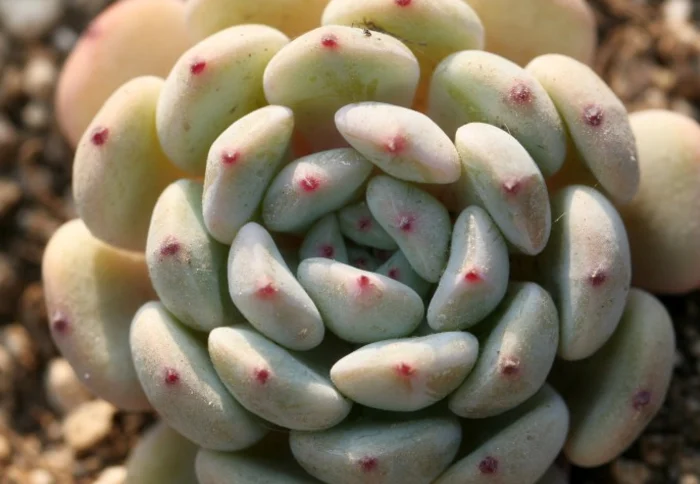Watering succulents in summer can be a delicate balance. The intense heat and sunlight can cause the soil to dry out quickly, while overwatering can lead to root rot. To keep your succulents thriving during the hottest months, it’s essential to understand their watering needs and adjust your routine accordingly. This guide will provide you with the knowledge and tools necessary to ensure your succulents receive the perfect amount of water during summer.
The Importance of Summer Watering
Succulents are known for their ability to store water in their leaves, stems, and roots. This makes them relatively drought-tolerant, but it doesn’t mean they don’t need water at all. In summer, when temperatures rise and the soil dries out faster, succulents rely on regular watering to stay hydrated and healthy. Without adequate water, they can suffer from dehydration, which can lead to wilting, discoloration, and even death.
Determining Watering Frequency
The frequency of watering your succulents in summer will depend on several factors, including the type of succulent, the size of the pot, the type of soil, and the climate where you live. In general, succulents need more water in summer than they do in winter, but it’s important to avoid overwatering.
A good rule of thumb is to water your succulents when the soil feels dry to the touch. You can check the soil moisture by inserting your finger an inch or two into the soil. If it feels dry, it’s time to water. However, be careful not to water too soon after the soil has dried out, as this can cause the roots to rot.
It’s also important to consider the size of the pot and the type of soil. Smaller pots dry out faster than larger ones, so succulents in small pots may need to be watered more frequently. Similarly, well-draining soil that retains less moisture will require more frequent watering than soil that holds onto water for longer periods.
Watering Techniques
When it comes to watering succulents, it’s important to use the right technique to ensure that the plant receives the water it needs without causing harm. Here are some tips for effective watering:
Use a watering can with a narrow spout: This allows you to control the flow of water and target the roots directly, reducing the risk of water splashing onto the leaves and causing rot.
Water the soil, not the leaves: Succulent leaves are delicate and can easily be damaged by water. Always pour the water directly onto the soil around the base of the plant.
Soak and dry: Water your succulents thoroughly until the water runs out of the bottom of the pot. Then, allow the soil to dry out completely before watering again. This ensures that the roots have access to the water they need without being constantly soaked.
Avoid misting: While some plants benefit from misting, succulents do not. The water droplets that form on the leaves can create a perfect environment for bacteria and fungi to grow, leading to rot.
Monitoring and Adjusting
Watering succulents in summer is not a one-size-fits-all process. You’ll need to monitor your plants closely and adjust your watering routine as needed. Here are some signs to watch for that indicate your succulents may need more or less water:
Wilting: If your succulents start to wilt, it’s a sign that they’re not getting enough water. Increase your watering frequency slightly and monitor the plant’s response.
Discoloration: Succulents that are overwatered may develop yellow or brown spots on their leaves. If you notice this, reduce your watering and allow the soil to dry out more between waterings.
Soft or mushy leaves: This is a sign of root rot, which is often caused by overwatering. If you notice soft or mushy leaves, stop watering immediately and check the roots for rot. If necessary, repot the plant in fresh, well-draining soil.
Conclusion
Watering succulents in summer can be challenging, but with the right knowledge and techniques, you can keep your plants healthy and thriving. Remember to check the soil moisture regularly, use the right watering techniques, and monitor your plants for signs of too much or too little water. By adjusting your routine as needed, you’ll be able to provide your succulents with the perfect amount of water they need to survive and grow during the hottest months of the year.
Related Topics:


